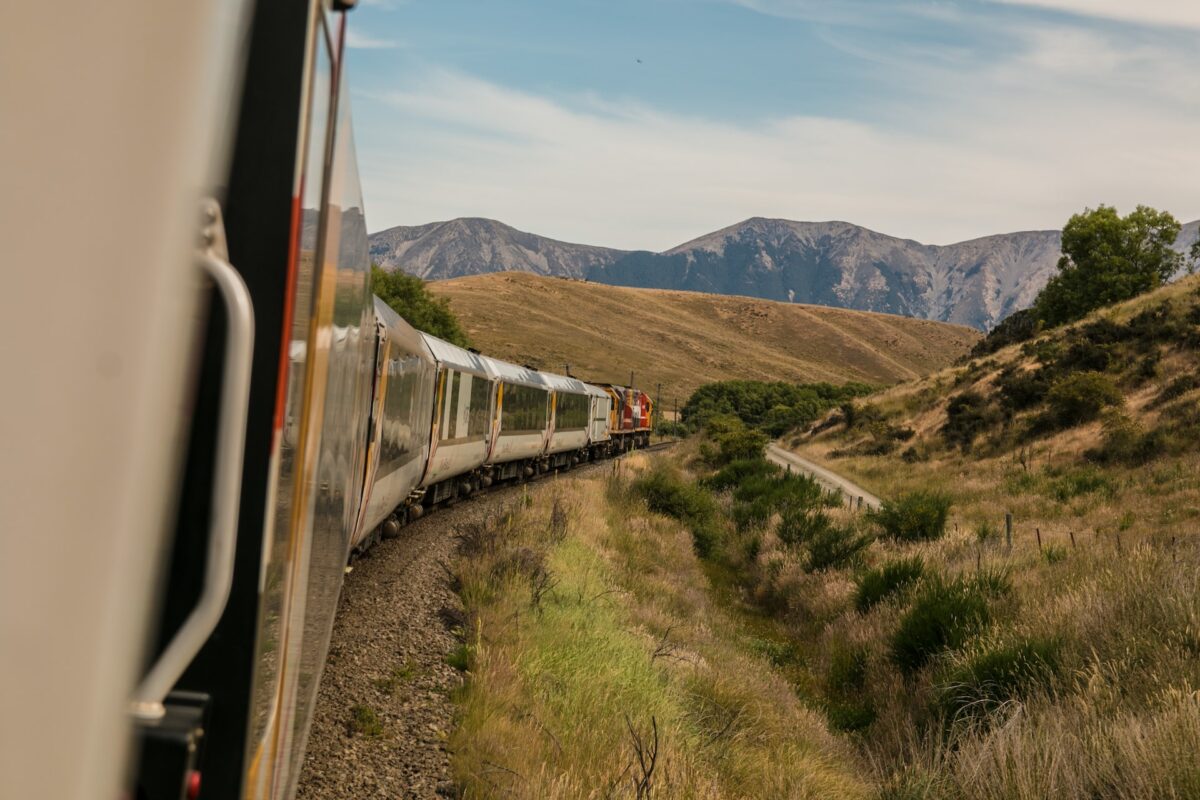
A train journey that Agatha Christie would be proud of. Following the trail of the journey that inspired Christie to write Murder on the Orient Express, this behemoth adventure covers 3,200 miles. Starting in England and ending in Iraq, you will experience countless cities, sceneries, and tourist attractions on this massive trek.
Though people consider it outdated, train travel remains the most pleasing way to connect with the land and people.
With your luggage stored above you, good people surrounding you, and rolling landscapes around you, a train journey provides an experience not found in other modes of transportation. Trains are charming in ways cars and aeroplanes will never be. The appeal comes from many reasons.
Trains are cheaper, safer, more comfortable, less stressful, and more fun. Plus, what other types of travel can make you feel like you’re on your way to Hogwarts?
A new city every day, fresh experiences around every corner, a real connection with our planet and its people. All done by train travel.
Check out the cities and attractions you will see on our Wigan to Iraq train journey.
Wigan, England
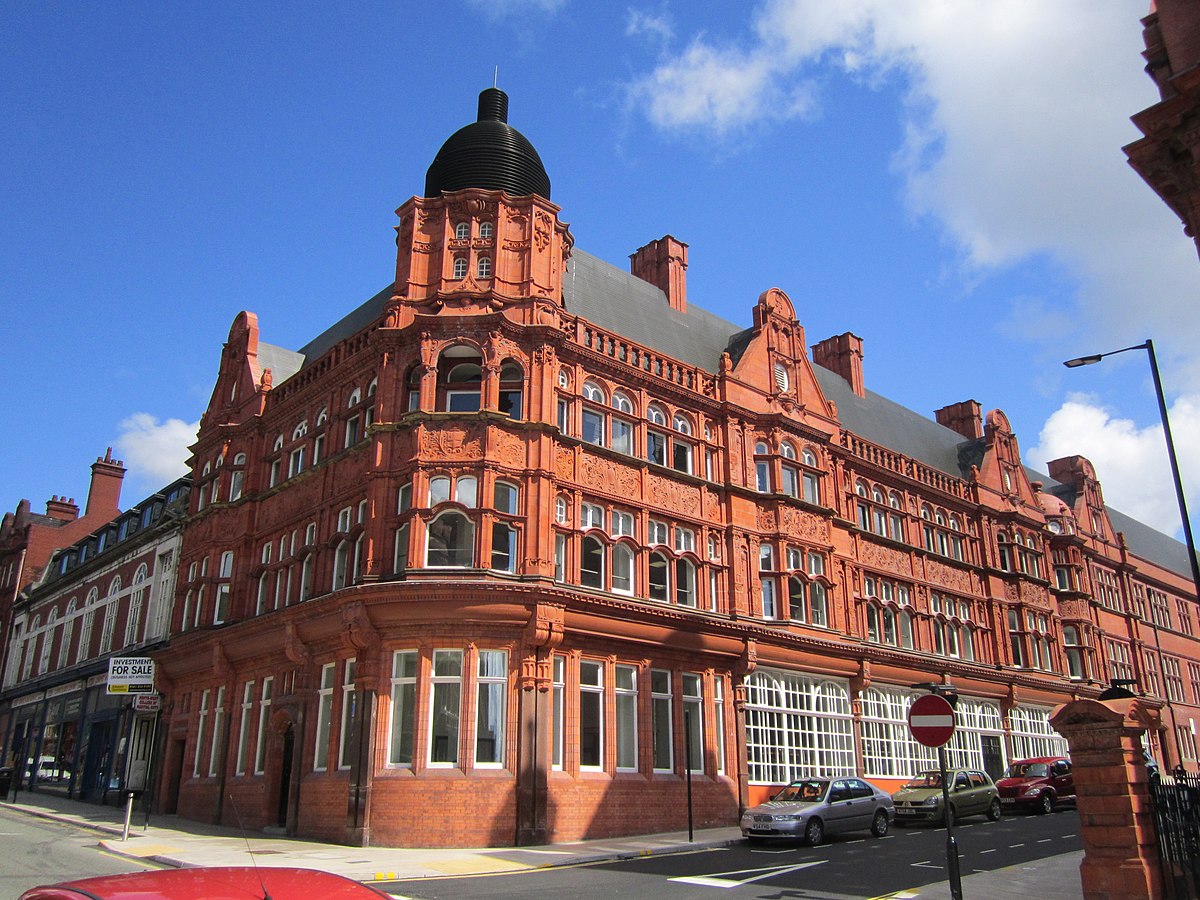
“I remember a winter afternoon in the dreadful environs of Wigan. All round was the lunar landscape of slag-heaps, and to the north, through the passes, as it were, between the mountains of slag, you could see the factory chimneys sending out their plumes of smoke. The canal path was a mixture of cinders and frozen mud, criss-crossed by the imprints of innumerable clogs, and all round, as far as the slag-heaps in the distance, stretched the ‘flashes’—pools of stagnant water that had seeped into the hollows caused by the subsidence of ancient pits. It was horribly cold…It seemed a world from which vegetation had been banished; nothing existed except smoke, shale, ice, mud, ashes, and foul water.”
George Orwell, The Road To Wigan Pier
This mighty adventure starts in the quintessentially English town of Wigan.
Fortunately, it’s improved since Orwell visited in the 1930s. Gone are the days of slag heaps, coal mines, abject poverty, and factory chimneys. Nowadays, post-industrial Wigan is a bustling little metropolis with beautiful sites.
Here are a few you’ll be able to see.
Face of Wigan Statue: Built in 2008, this stainless steel sculpture dazzles all who see it. Hundreds of reflective steel panels make up the exterior, reflecting bits and pieces of the people and landscape around the statue. In the sculptor’s own words, “It is intended to represent not a single celebrity but all of the inhabitants of the area, the very people of Wigan.”
All Saints’ Church: A lovely little church whose history goes back to the 13th century. Perched atop a hill in the centre of town, it’s a perfect spot to catch a glimpse of some medieval Christian architecture. Renovated several times in the past few centuries, the church now stands as a must-see sight if you’re in Wigan.
Mesnes Park: Flower and grass lawns, cafes and playgrounds, sunshine and nature: Mesnes Park has it all. A perfect place to spend a lazy Sunday afternoon. For those of you looking for a slice of natural beauty, this is the place to go. Not to mention the great monuments. Here you can find homages to those lost in previous wars, such as the monument for the often forgotten Boer War.

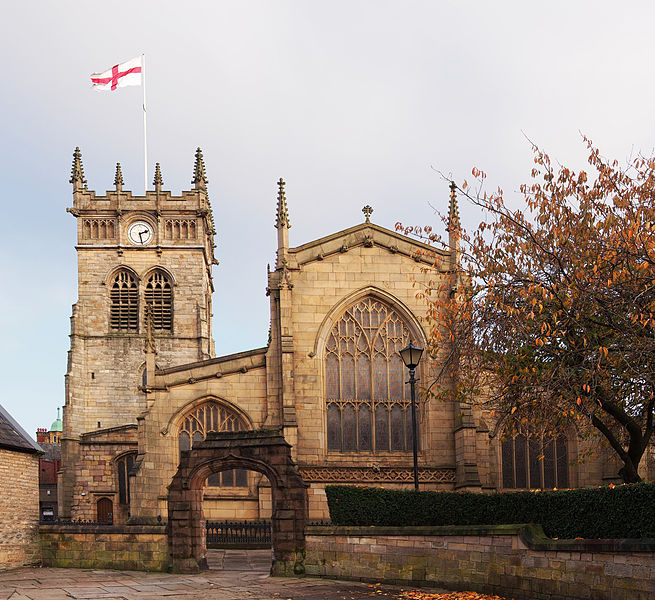
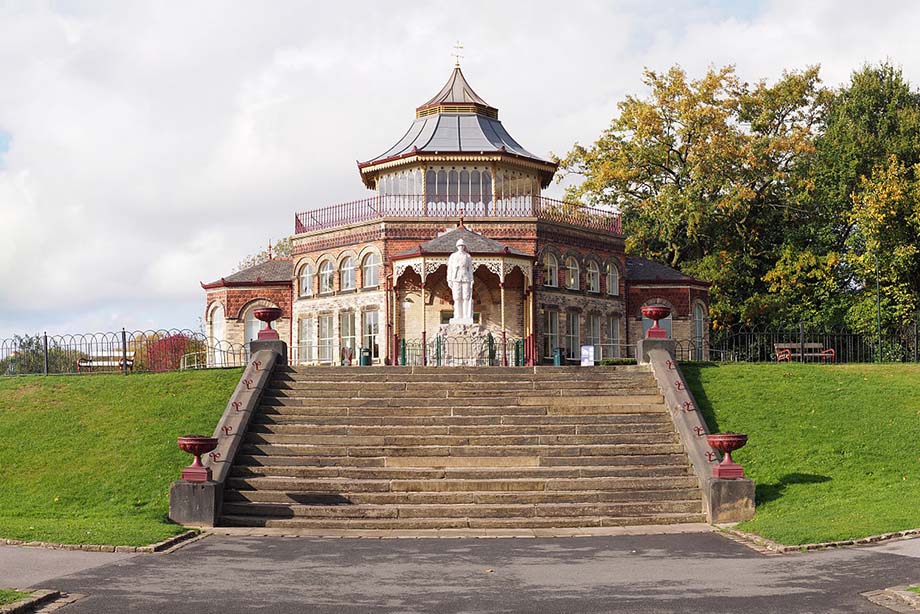
Paris, France
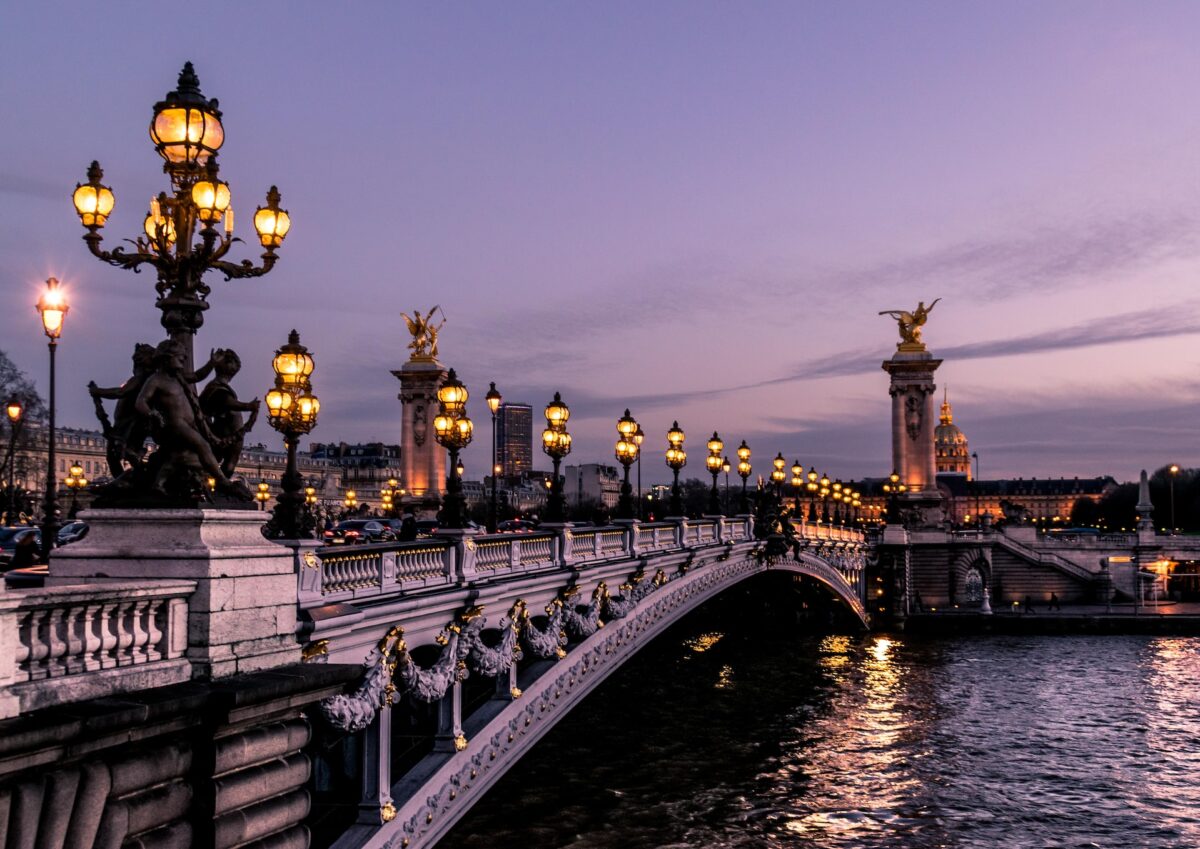
Our second stop on the Wigan to Iraq Train Journey is none other than The City of Lights.
Paris elates. Enraptures. Excites. Elevates. Something about this city is magical. Perhaps the architecture, maybe the history, the cafes, the River Seine, the monuments, and museums—who knows? The key to Paris’s magnetic attraction is different for every person. Something for everyone is within this city.
Many spectacles call this place home. It’s impossible to view even a fraction of Paris’s offerings in one day.
However brief the excursion, there are some textbook Parisian sights you have to see.
Notre Dame Cathedral: The fire of 2019 almost burnt this timeless church to rubble. Thank goodness it didn’t. Restoration from that tragic incident is underway. Even with the scaffolding and construction work, Notre Dame remains the symbol of Paris and France. It’s where Napoleon was crowned emperor, the setting for Hugo’s The Hunchback of Notre Dame, and a beautiful example of French Gothic architecture. Touristy, no doubt, but a must-see destination, nevertheless.
Montmartre: In a contest with Champs-Élysées, The Latin Quarter, and other Parisian districts, Montmartre stands as one of the best. The epicentre of Parisian art since the Belle Époque, where artists such as van Gogh, Monet, and Picasso lived. Fortunately, plenty of artistry is still around if you’re keen for a dose. Head to Place du Tertre to get a portrait drawn, or stop in at one of the galleries in the area. And, of course, see the mighty Sacré-Cœur, that gorgeous basilica on the hilltop.
Louvre Museum: Largest museum in the world. The breadth of pieces on display staggers everyone who visits. Over 35,000 works of art call the Louvre home, and roughly nine million tourists a year come to see them. What can you find here? A better question is, what can’t you find? Egyptian antiquities, Greek and Roman relics, Islamic art, sculptures, decorative arts, and the Mona Lisa. All in the Louvre—and that’s just the start.
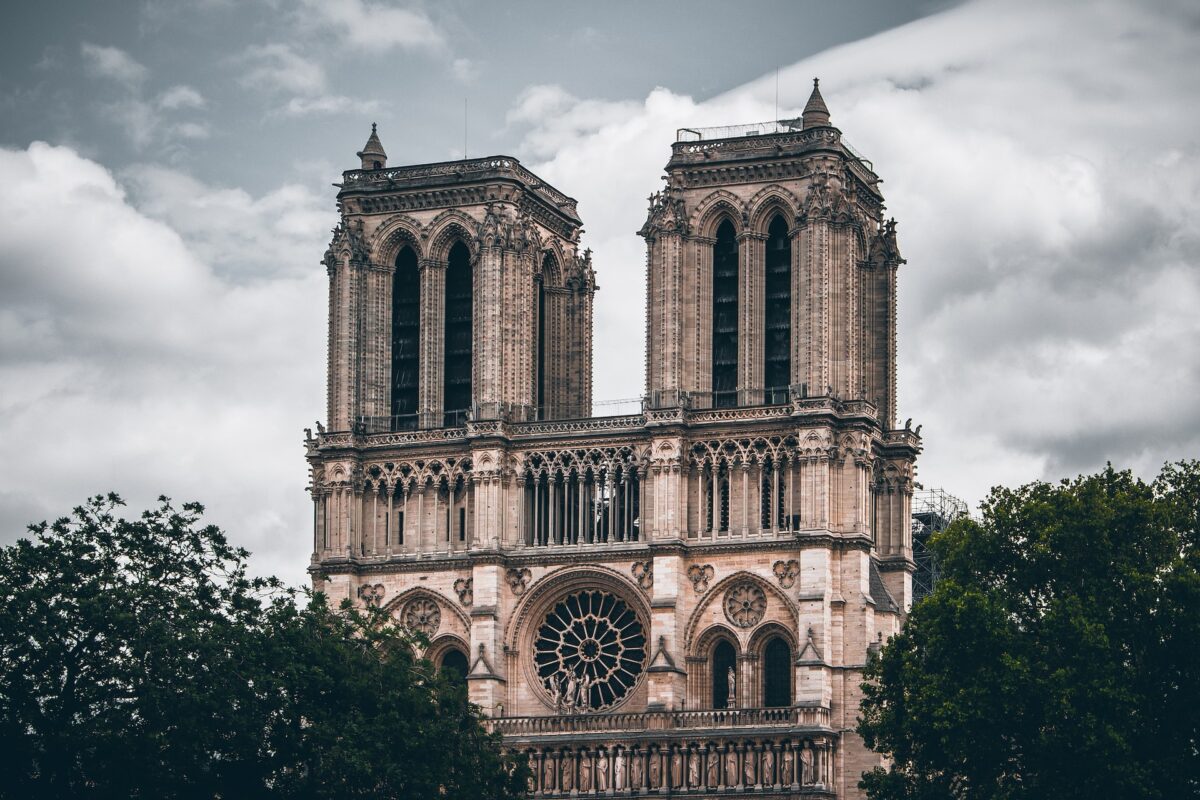
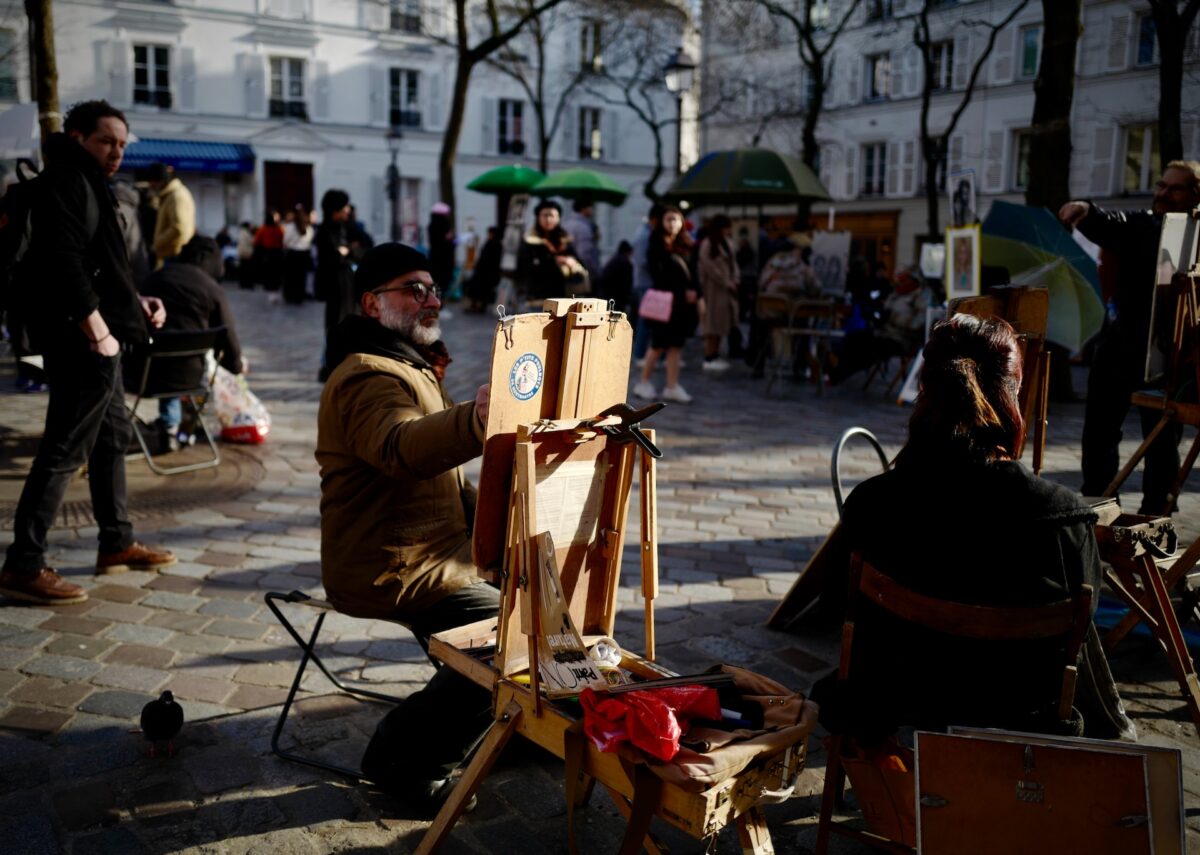
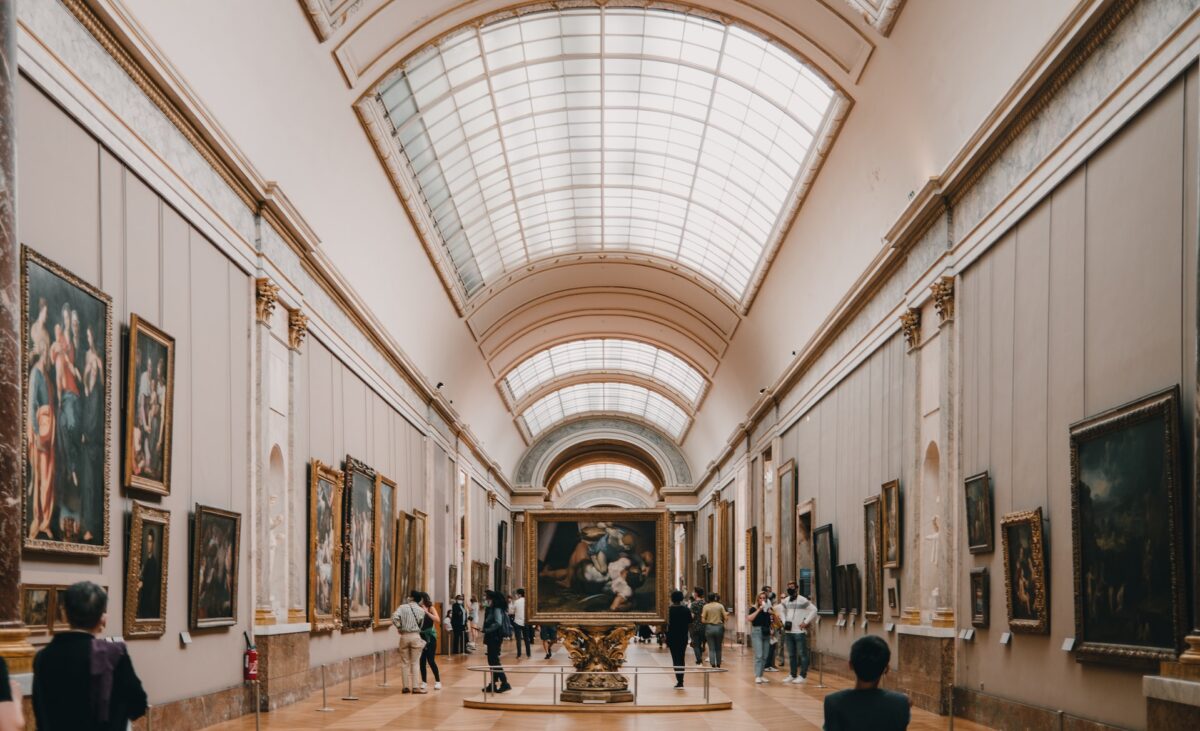
Zagreb, Croatia
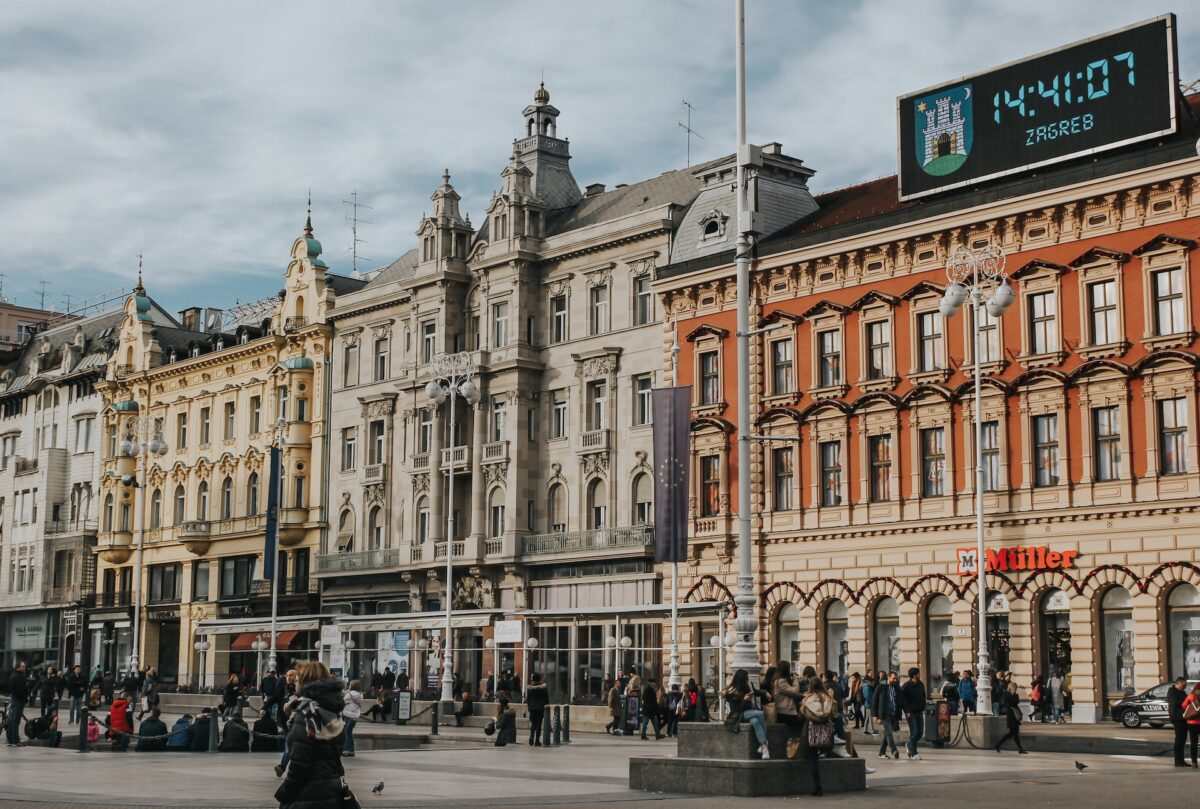
Capital of the Croats.
The origins of this European capital date back to Roman times. Since antiquity, it’s been a crossroads for many civilisations. Central Europe, Southeast Europe, and the Mediterranean region have left their mark on Zagreb, and continue to do so today.
Filled with remarkable sights and surrounded by even cooler natural spots, Zagreb is a European capital with no shortage of things to do.
Three spots will be of particular interest to you.
Zagreb Cathedral: A grand spectacle. This Roman Catholic cathedral is the best Gothic architecture southeast of the Alps and the second tallest building in Croatia. You can see religious art from the 11th century onward in its treasury, look up at the skyward bell towers, and witness the displays of sun flicker through stained glass windows. Europe has no shortage of cathedrals, but this one in the Croatian capital is still worth visiting.
St Mark’s Church: Much less grand in scale than its cathedral cousin, St Mark’s Church is still a cultural relic of Croatia. What makes St Mark’s Church pop is its colourful rooftop. Red, white, and blue checker the tiles, representing the official colours of the Croatian flag. On the left side is the medieval coat of arms of Croatia, Dalmatia and Slavonia. While on the right is the emblem for Zagreb. To get a view inside of the oldest building in Zagreb, attend a mass.
Tkalčićeva Street: The hub of Zagreb. This street is the heartland of the capital, where boutiques, restaurants, cafes, and shops form a vibrant scene. There is no better place in the city to meander around, browse the local shops, and stop for a coffee. As the sun goes down, the nightlife awakens. Bars and pub crawls are around every corner. The perfect place to spend your time in Zagreb, day or night.
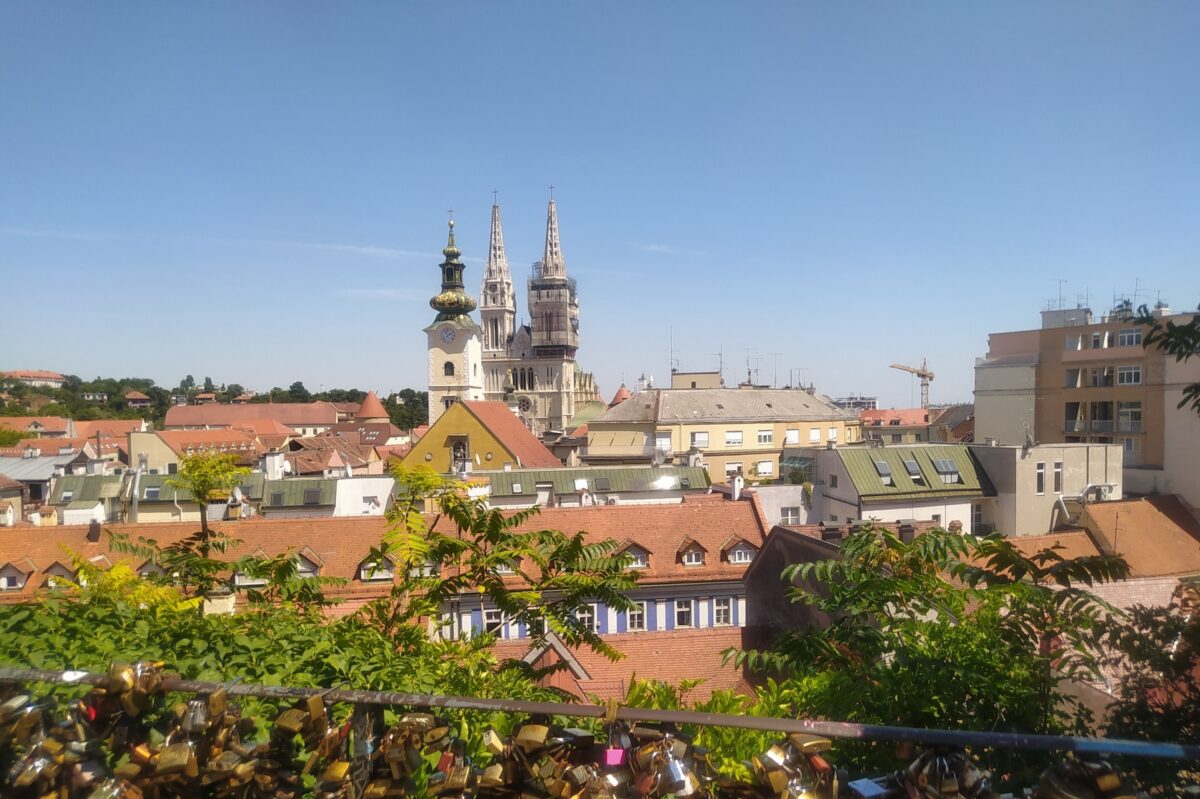
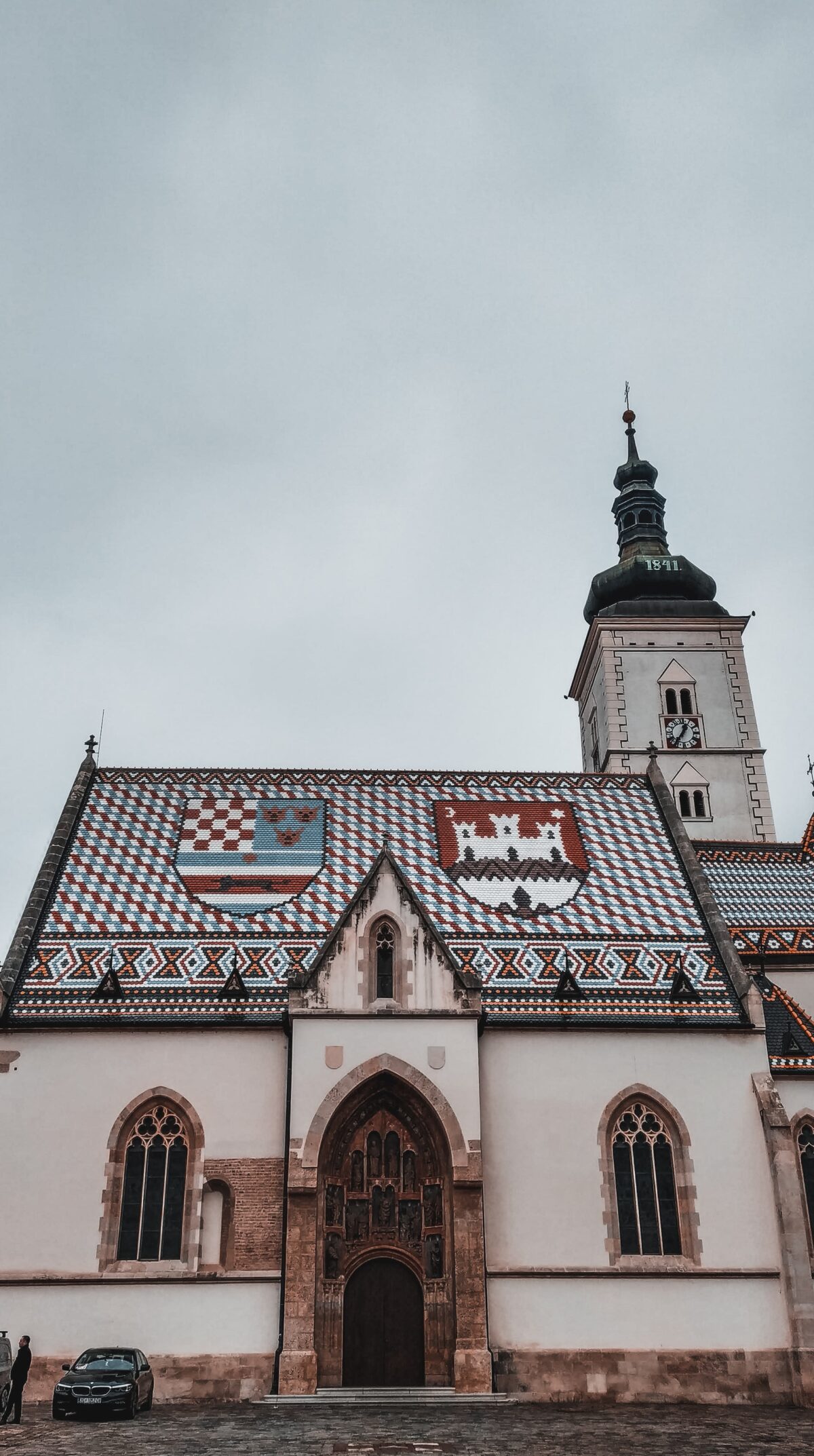
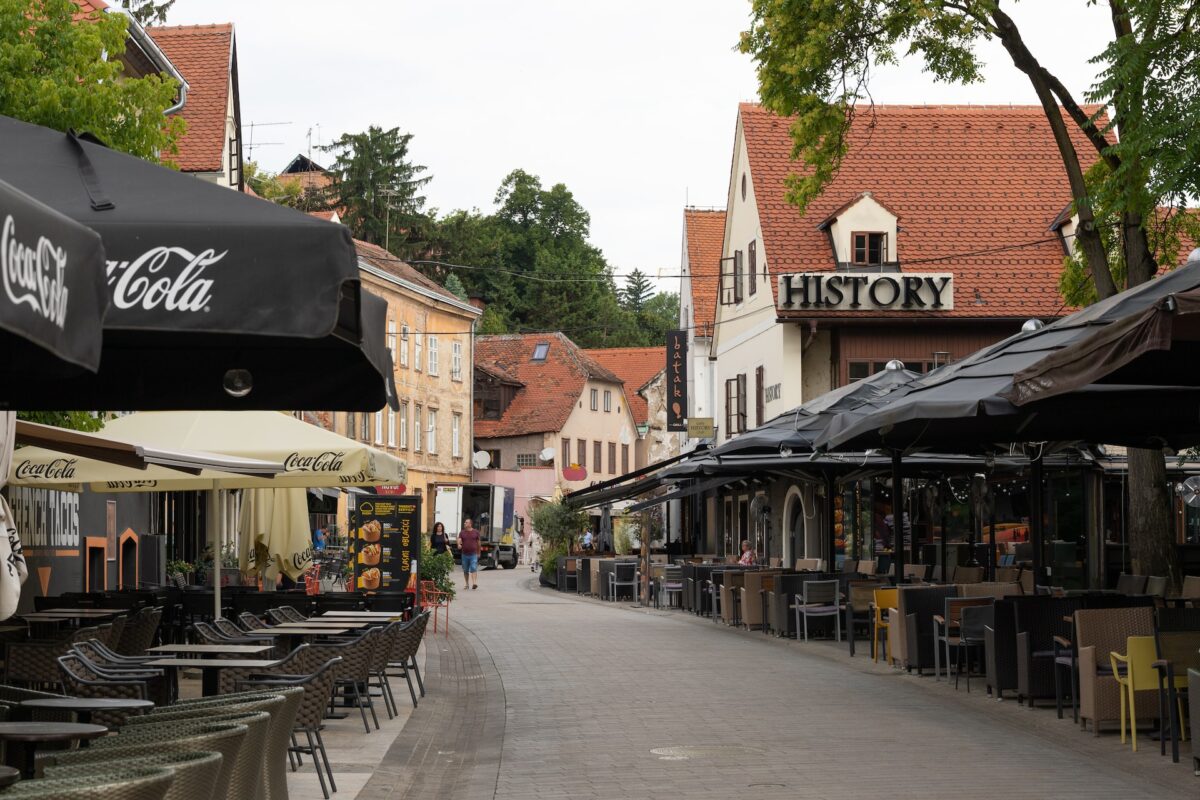
Belgrade, Serbia
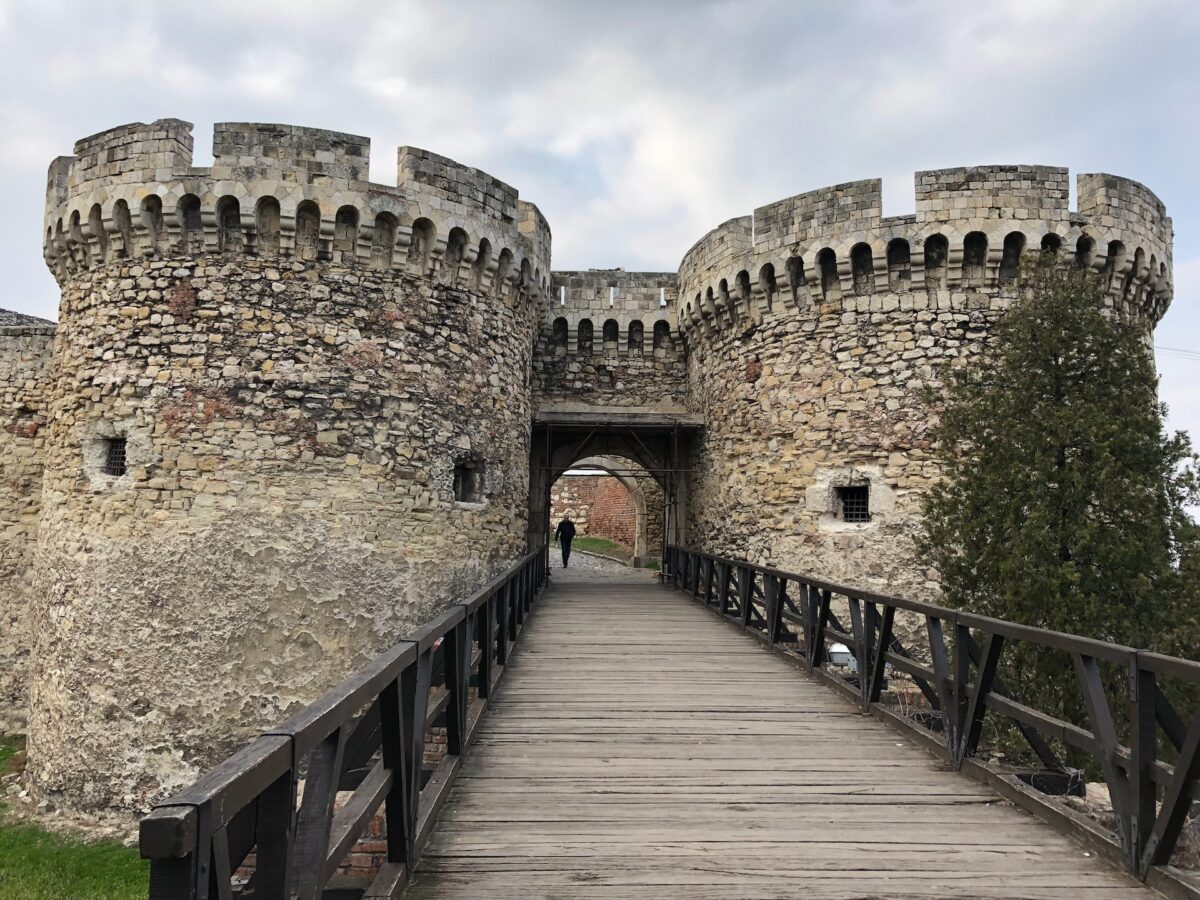
The White City.
Capital and largest city of Serbia.
Belgrade is the oldest continuously inhabited city in Europe. Archaeological records show people inhabiting the region since the 6th millennium B.C. Celts, Slavs, Romans, Byzantines, and Bulgarians settled here throughout history.
Belgrade is a modern city home to many ethnicities and fascinating sites that display the city’s rich past.
With a full-day stop on our train journey, you’ll have a chance to view the best of Belgrade.
Belgrade Fortress: Decimated and rebuilt many times, this fortress represents the trials that Belgrade has gone through. Romans, Turks, Serbs, and Austro-Hungarians have all conquered and been conquered in this fortress. Every step within this fortification allows you to see history from the 2nd to the 18th century. A mix of Turkish baths, Roman wells, Islamic architecture, and countless other sites create this glorious fortress that Serbians still cherish.
Kalemegdan Park: You don’t have to go far from the fortress to visit this park. It’s within the Belgrade Fortress. You could easily spend an entire day seeing the parks’ museums, galleries, monuments, and natural scenery. The many pathways snaking through the park are perfect for wandering around and taking in the Serbian sun. To get a great view, head to The Big Staircase, an ideal place to see the park and surrounding city.
Skadarlija Street: Cobblestone streets with antique shops. Fresh bread baking in all-night bakeries. Folk groups singing Serbian songs. Sounds pretty great. If you’re looking for the bohemian side of Belgrade, look no further than Skadarlija Street. The roots of eccentricity go back to 1830, when Gypsies settled in the abandoned ramparts of the fortress. Later on, Serbian poets and writers took up residence here, adding to the artistic flare of this short and curvy street.

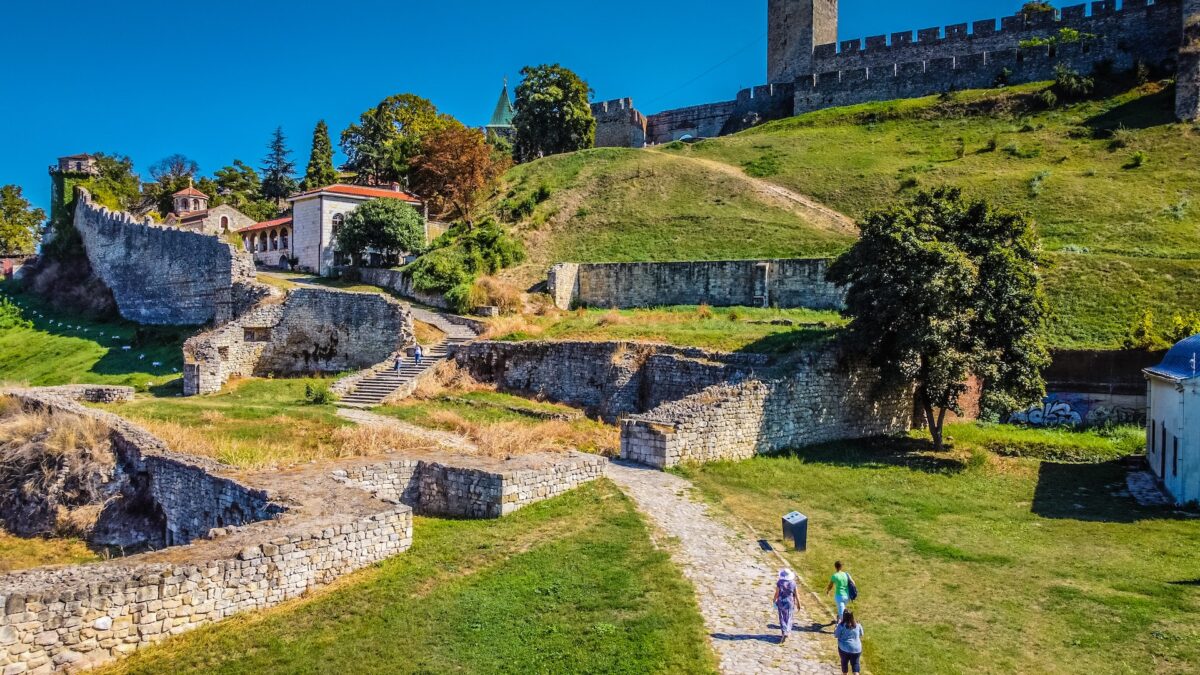
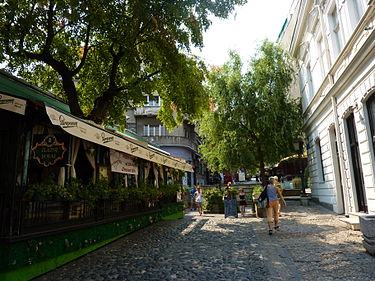
Sofia, Bulgaria
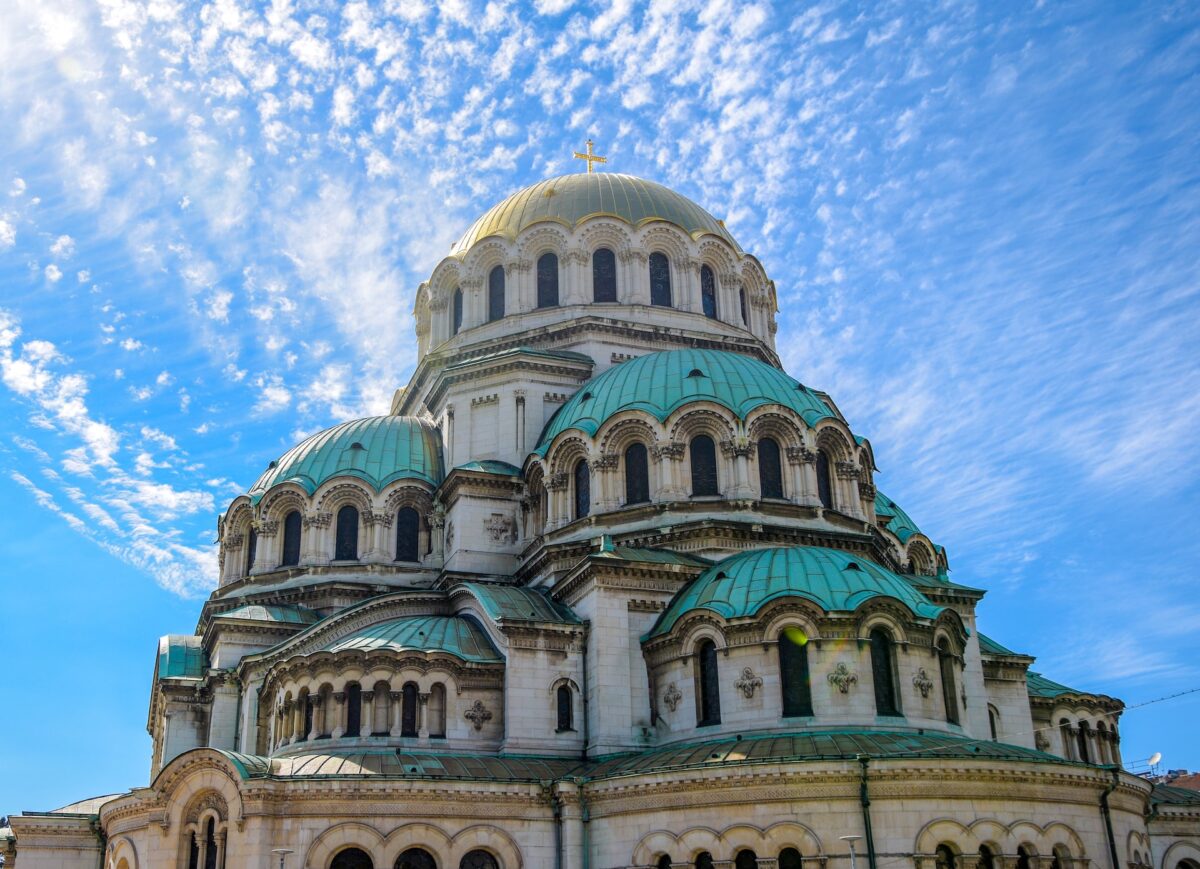
Sofia is an eclectic city.
Not surprising, given everything packed within the capital of Bulgaria.
From Ottoman-era mosques to Roman ruins thousands of years old, Sofia hosts a diverse array of exciting sights and experiences. Boulevards, parks, shops, and peaceful neighbourhoods are everywhere, along with the massive Mount Vitosha, a gorgeous mountain looming over every part of the city.
Here are the destinations you should visit during your day in Sofia.
Boyana Church: Situated on the outskirts of Sofia, this medieval Bulgarian Orthodox church is a UNESCO World Heritage Site. Built during the 10th century, much of the architecture remains intact. Externally, it’s quaint and unassuming. Internally, it’s home to one of the finest collections of medieval frescoes. There are the earliest ones, from the church’s inception, of which only fragments remain, and frescoes from 1259, the most famous and well-preserved ones. And finally, a smaller collection from the 14th, 16th, 17th, and 19th centuries.
Rila Monastery: Another UNESCO World Heritage Site. According to UNESCO, Rila Monastery is “A characteristic example of the Bulgarian Renaissance (18th–19th centuries); the monument symbolises the awareness of a Slavic cultural identity following centuries of occupation.” Walking within the confines of the monastery, you’ll catch a glimpse of what precisely that Slavic cultural identity is. Paintings, sculptures, architecture, and frescoes display the Slavic people’s thriving sense of self.
Aleksander Nevski Cathedral: One of the largest Christian churches in the world. The gold-plated dome, gigantic bell tower, and Neo-Byzantine style make this massive church recognisable as one of Bulgaria’s cultural and religious prized possessions. The interior can hold up to ten thousand people, so there is no shortage of space for you to explore once you’re inside the cathedral.
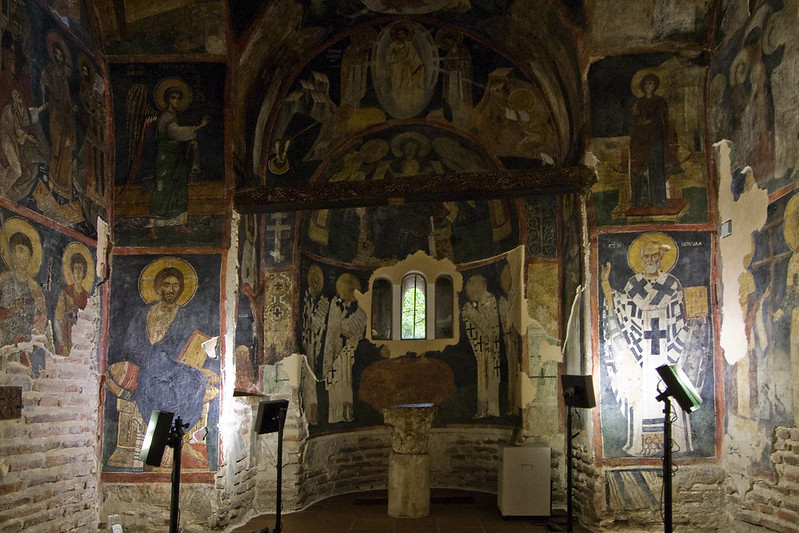
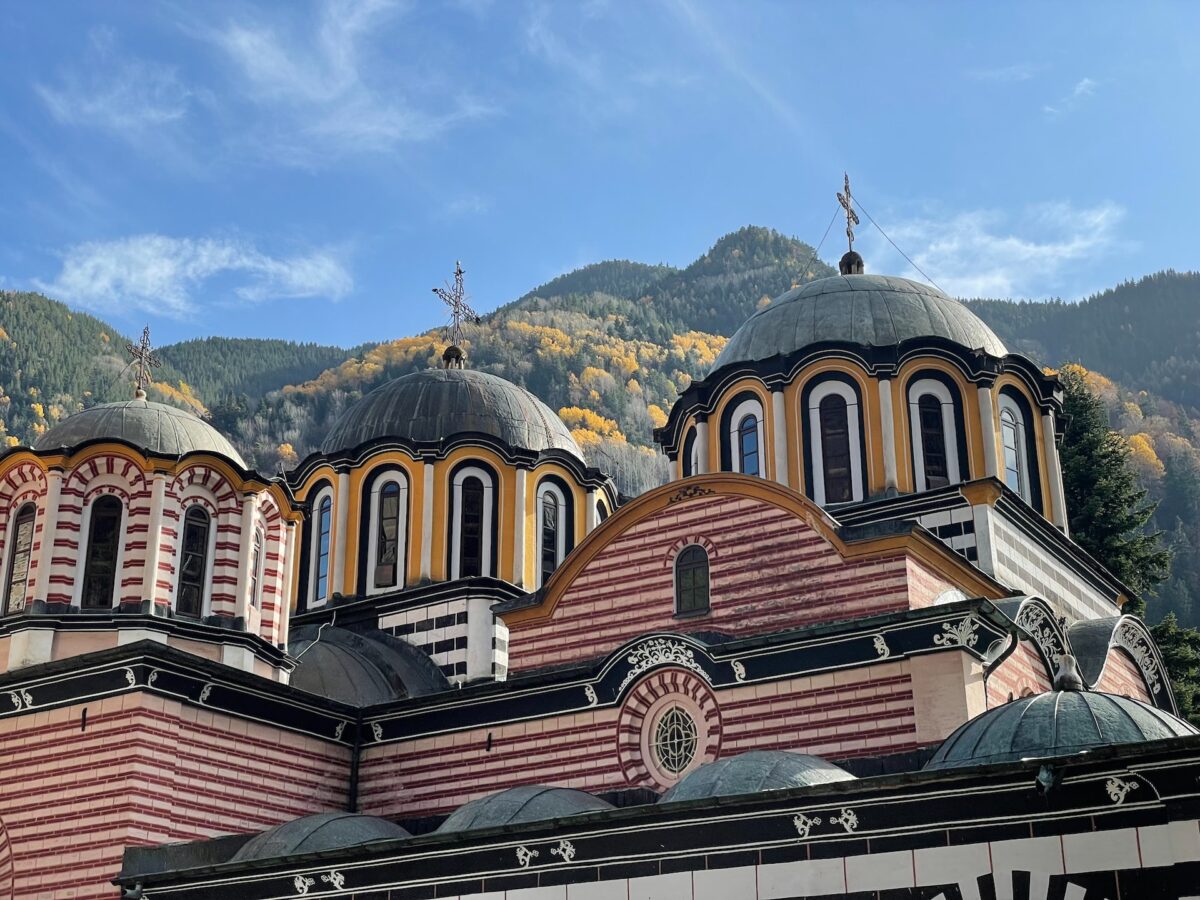
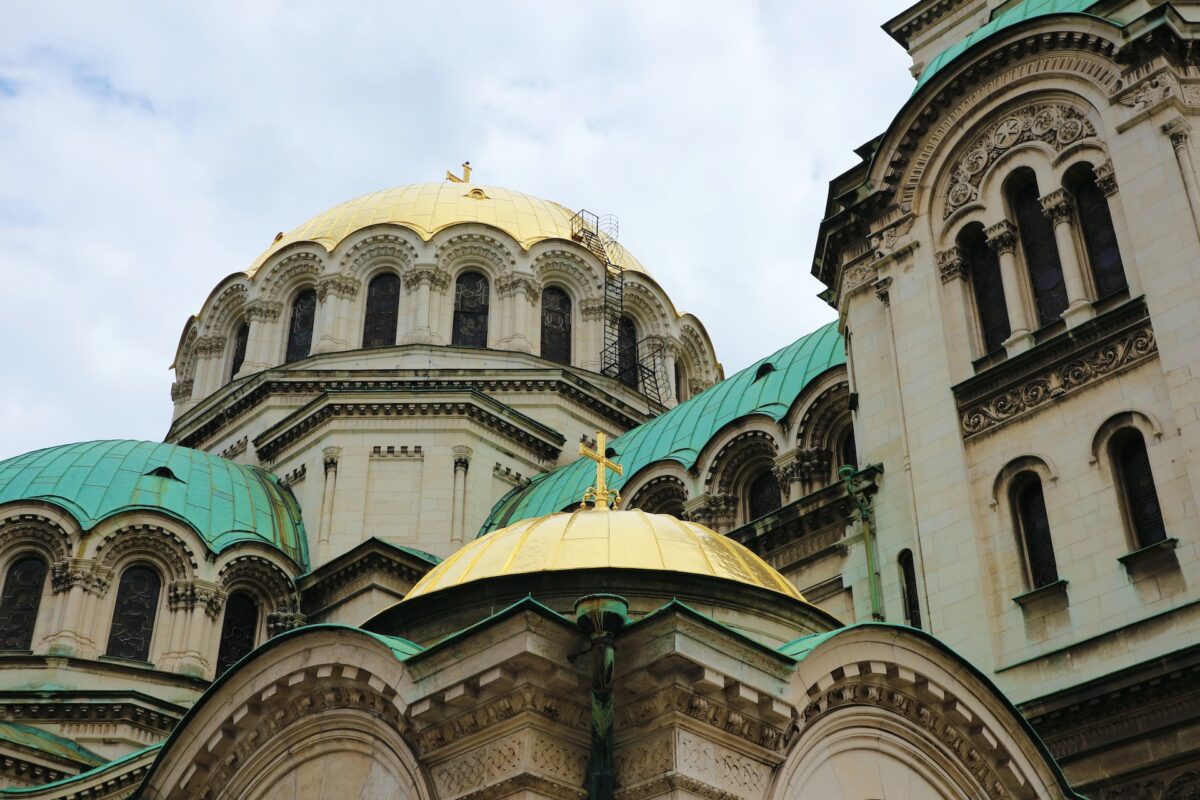
Istanbul, Turkey
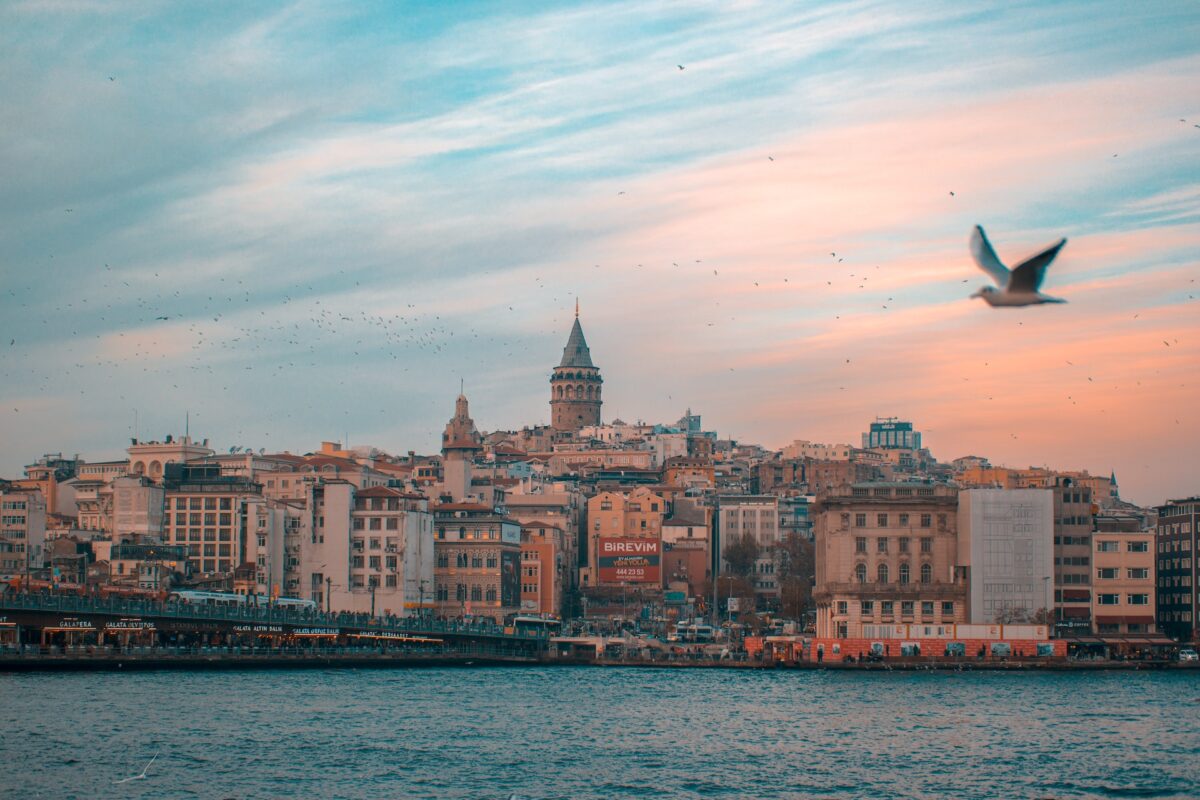
The largest city in Turkey and Europe.
You may not know this, but Istanbul is considered a European city. Geographically, it’s part of the European continent. Historically and culturally, it’s unique. Given its strategic location, the city has been a prominent player in world affairs since antiquity. So it’s no surprise that it boasts many historical sites from different civilisations.
With one day of our train journey set aside to explore Istanbul, here are three iconic locations in the city at the world’s crossroads.
Blue Mosque: With its six minarets and sloping domes, the Blue Mosque stands as a symbol of Turkey’s connection with Islam. Officials tightly regulate admission to this gorgeous mosque, given the number of tourists. But if you have the chance, stop by this architectural wonder created by Sultan Ahmet I, who ruled in the early 17th century.
Hagia Sophia: Another exquisite mosque. While lacking the blue-tiled interior of its cousin, the Blue Mosque, the Hagia Sophia has a fascinating history not found in many religious sites. The Byzantine Emperor Justinian consecrated it in 537. The Ottoman Empire converted it into a mosque nearly a thousand years later. Finally, it became a museum in 1935. On the gallery floor, you can peer up into the depth of the golden dome and see the fascinating mix of Christian and Muslim influences. The upper galleries hold more religious history, with medieval mosaics and other relics of the past. Hagia Sophia symbolises wealth, power, and spirituality for Muslims and Christians.
Grand Bazaar: The flecks of light and smattering of colours. The smell of incense and food vendors. People crisscross to and fro, searching for whatever they need in this maze of shops. All this encapsulates the bustling activity of the Grand Bazaar. Peruse the wares, get a kebab, or wander this complex of vendors. No matter what you do, you will enjoy yourself in Istanbul’s biggest covered market.
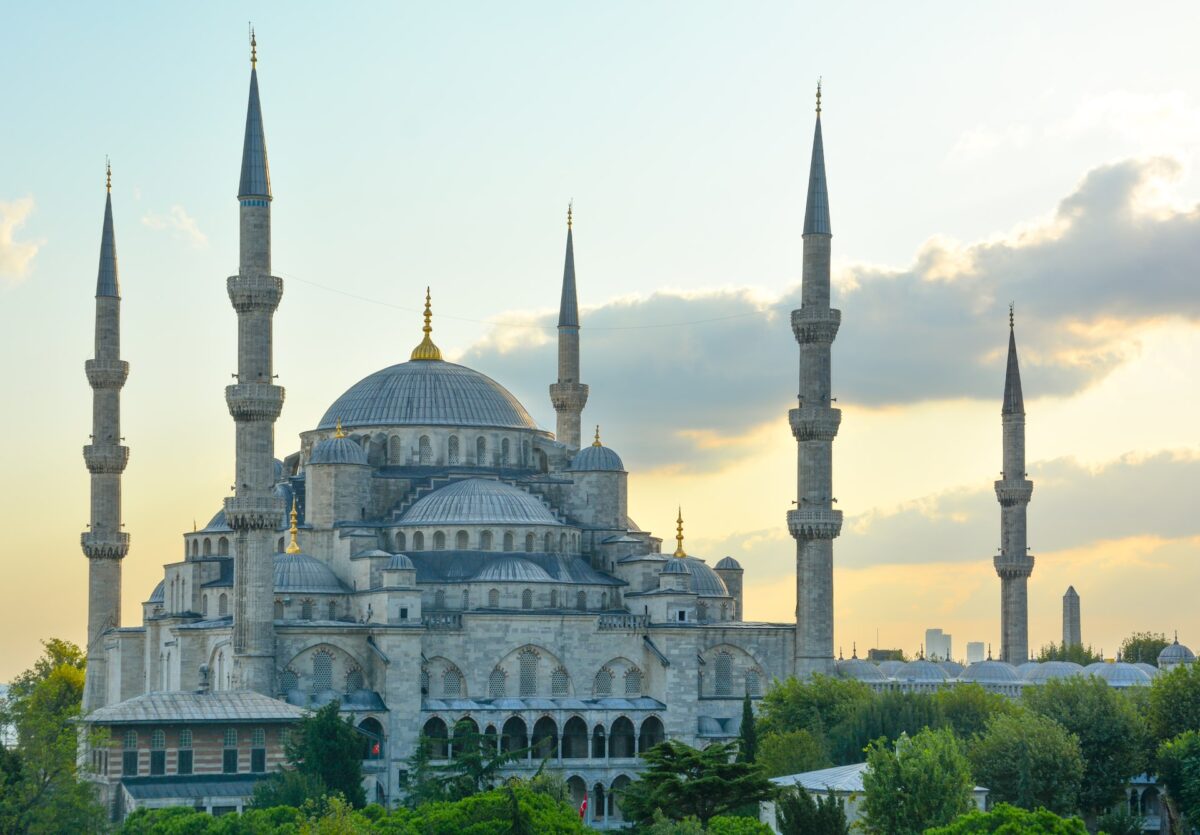
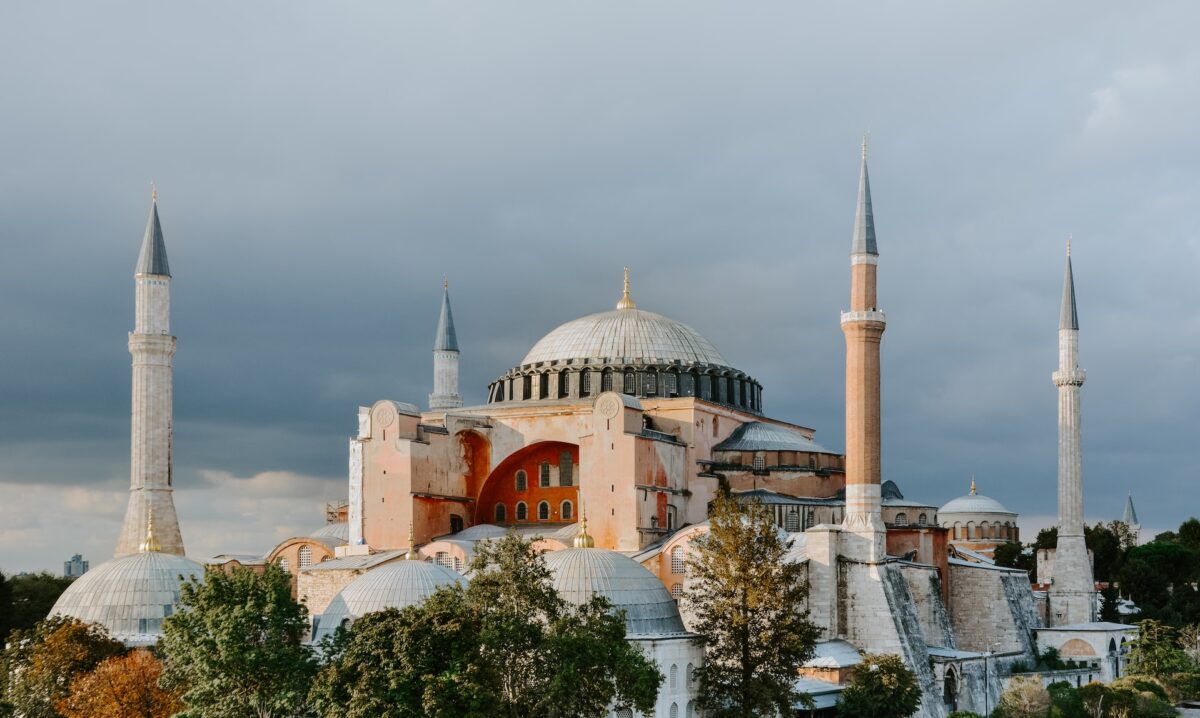
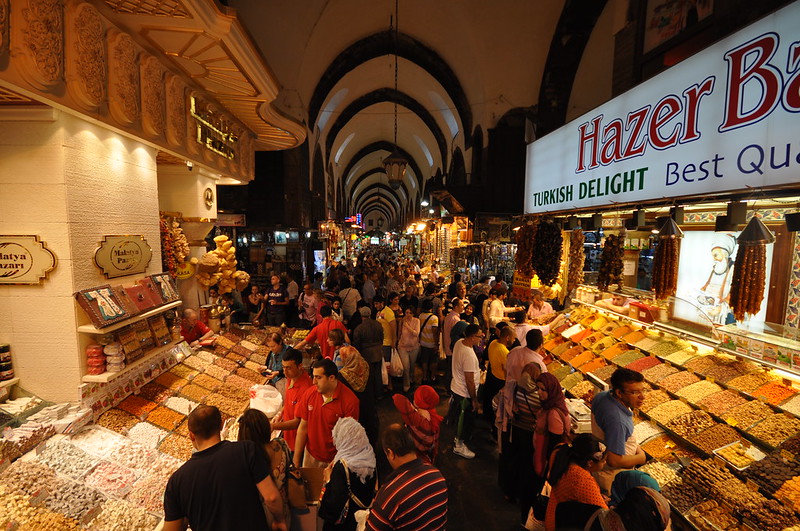
Diyarbakir, Turkey
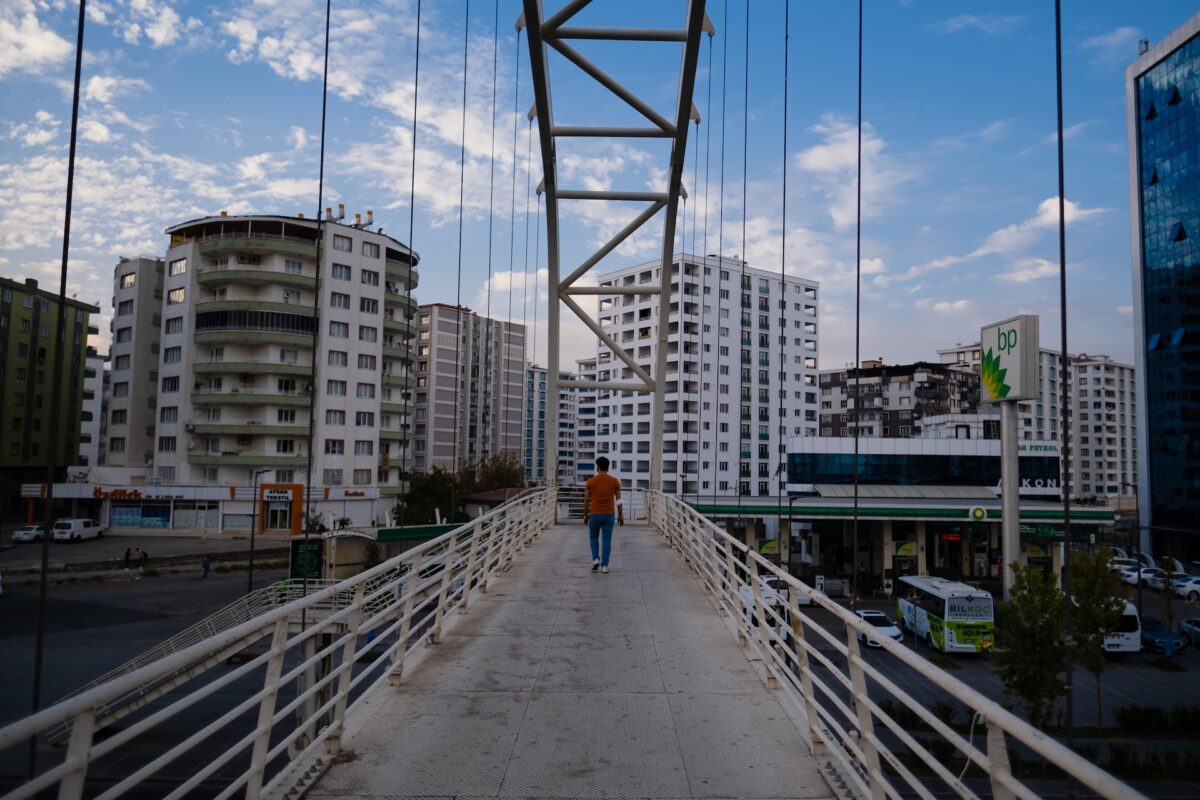
This is where our train journey goes into the homeland of the Kurds.
For many Kurdish people, a country of their own is a pipe dream. A possibility swept away by political forces out of their control. Diyarbakir has the largest concentration of Kurds in Turkey and would have been the capital of an independent Kurdistan.
While Kurdistan doesn’t exist, the kind-hearted Kurds do. Here are some excellent destinations for you to visit at our stop in their Turkish city.
The Four-Legged Minaret: A minaret represents the presence of Islam. They are towering stone structures which call all Muslims to prayer. Yet, the Four-Legged Minaret of Diyarbakir stands for more. In ancient times, it was a watch tower used to scan the sweeping plateaus surrounding Diyarbakir. Around 639, Islamic conquerors took over the area and turned the old watch tower into a minaret. Four pillars hold the minaret into the ground, representing the four main denominations of Sunni Islam. Beyond Islam, the structure stands for the Kurds. Bullet holes and missing chunks of stone, caused by firefights between Kurdish fighters and the Turkish government, show that the battles the Kurdish people have experienced are still going on today.
The Great Mosque: The fifth holiest site in Islam. A chance to visit a place of such Islamic significance is a rarity for non-Muslims. Seeing this sacred site’s courtyard and prayer rooms is a treat, given its fascinating Islamic, Kurdish, and Turkish significance.
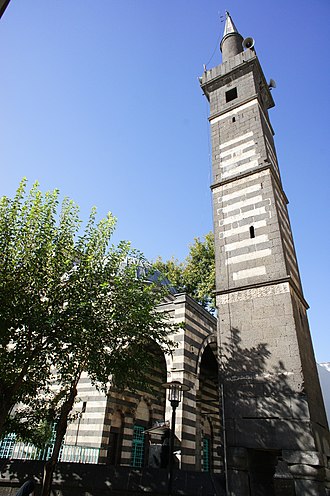
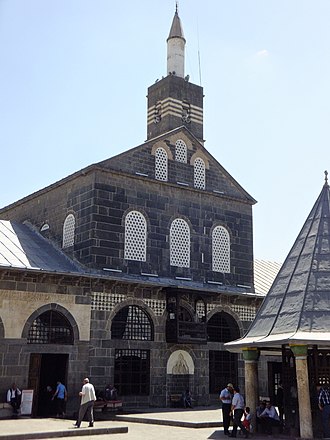
Lalish, Iraqi Kurdistan
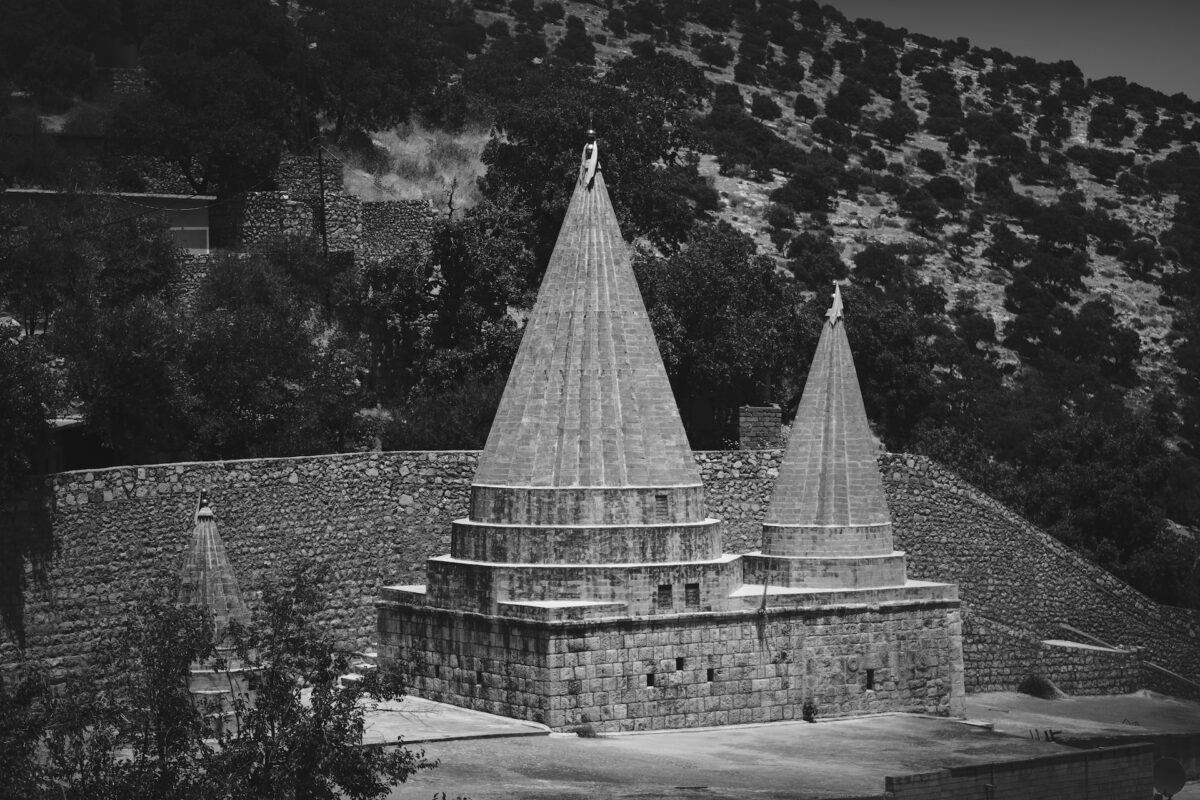
It’s a remote village. Tucked away in the mountains of Iraqi Kurdistan. To many Westerners, nothing more than a blip on the map.
Yet to the Yazidis, Lalish is their holiest site. We will have a whole day to explore this fascinating place.
Yazidis are a minority group indigenous to the Kurdish homeland. They have faced millenniums of persecution, beginning in the 7th century with the spread of Islam, all the way to 2014, when the Islamic State killed 5,000 Yazidis. Their history is tragic, yet their spiritual homeland of Lalish has stood through it all.
The main destination here is the tomb of Yazidism’s most sacred saint.
Tomb of the Sheikh Adi ibn Musafir: This sheikh is the father of Yazidism. To his followers, he is the avatar of Tawûsê Melek, or The Peacock Angel. He died in 1162 in Lalish. Every Yazidi must make a six-day pilgrimage to his tomb at least once, and visit other sacred sites during their trip. The conical structures of the tomb look stunning, nestled away among the green valleys of Northern Iraq. Coming here is a chance to visit the holy site of one of the world’s least known and understood religions.
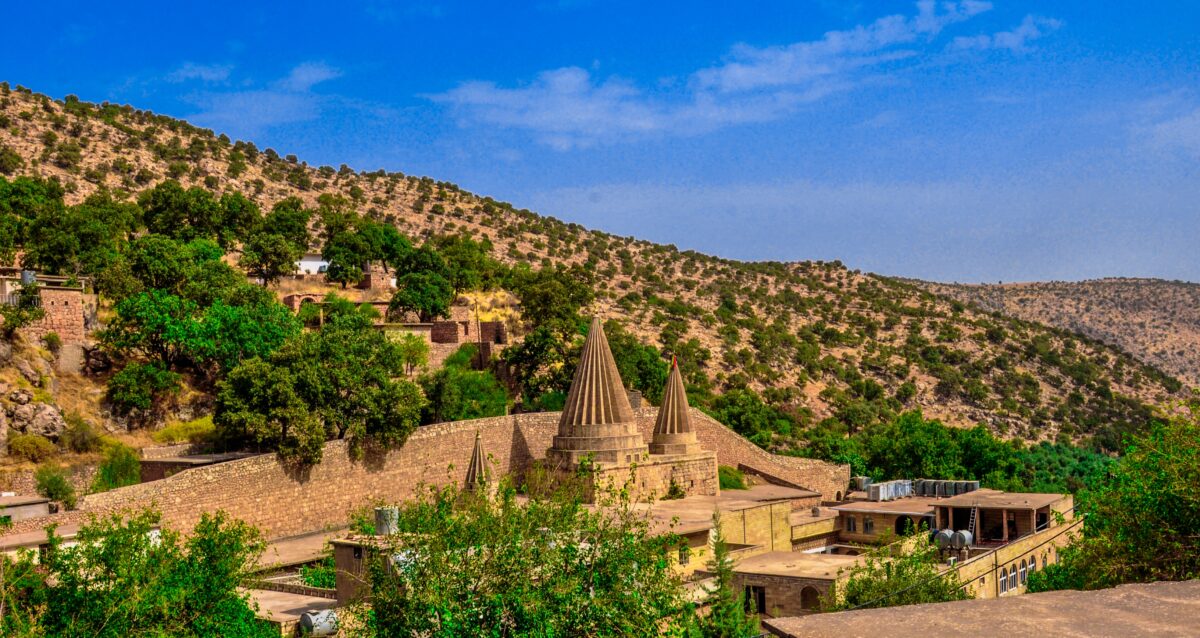
Erbil, Iraqi Kurdistan
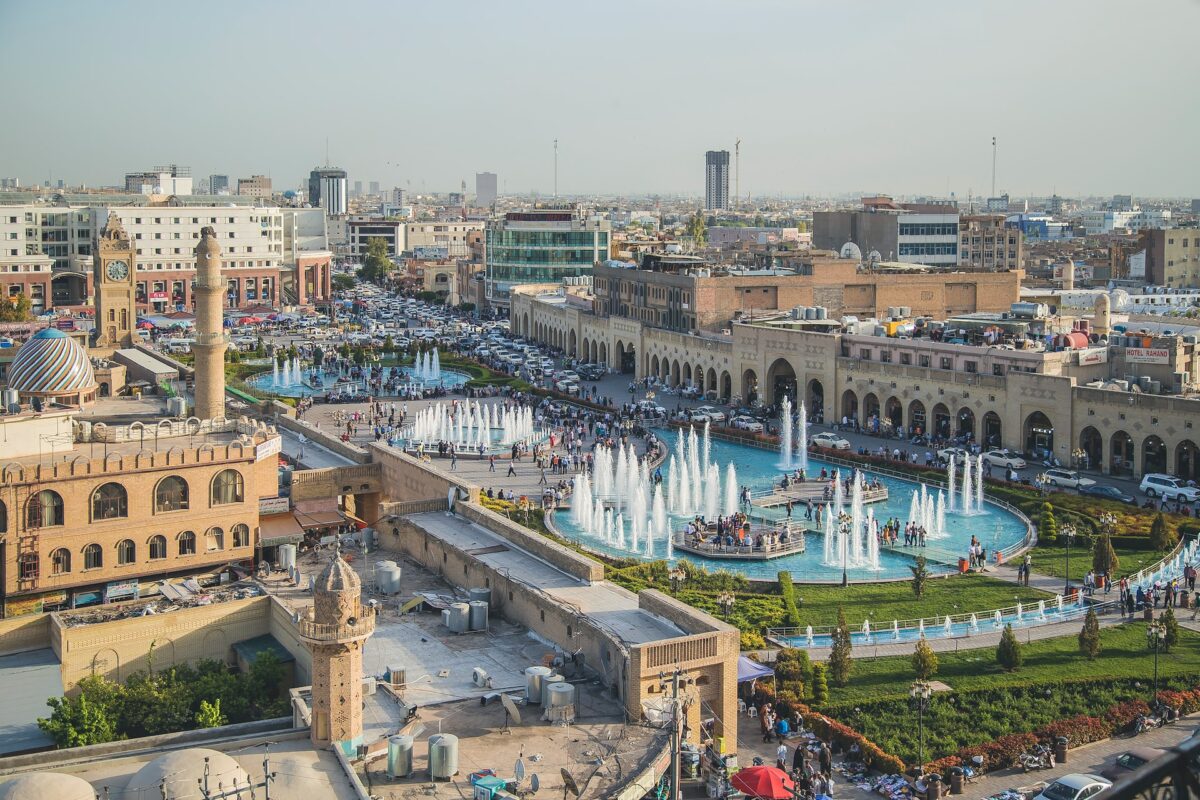
Seven thousand years of history have created Erbil, the capital of Iraqi Kurdistan.
Its history is profound—checkered with tragedies and triumphs. Like many parts of this region, outside actors overtook the city in the past. Today, Iraqi Kurdistan enjoys an unprecedented amount of autonomy. Erbil is a prime example of what a Kurdish city is like: safe, welcoming, and fascinating.
Here are some spots to check out at the final destination of our train journey.
Citadel of Erbil: Some experts say the ancient citadel of Erbil is the oldest continuously inhabited town in history. People have lived here since the 5th century B.C., maybe even earlier. Besides its history, the construction of the site is fascinating as well. It was built on a tell. Layers upon layers of civilisations have contributed to his sprawling fortification. Walking through here is not just a stroll through the Kurdish past but all of humanity’s history.
Red Prison: There’s one word to describe the Red Prison: Grim. During his regime, Saddam Hussein used this location to torture and kill thousands of people. Prepare to come face to face with the atrocities committed against the Kurds. In the entrance, 182,000 mirror shards represent the victims of Saddam Hussein, and 4,500 lights symbolise the Kurdish villages his forces destroyed. Some rooms show how the victims were tortured; others display the more recent evils inflicted by ISIS. Sombre and heartbreaking, yet the prison also stands for hope—a testament that the Kurdish people may bend but will never break.
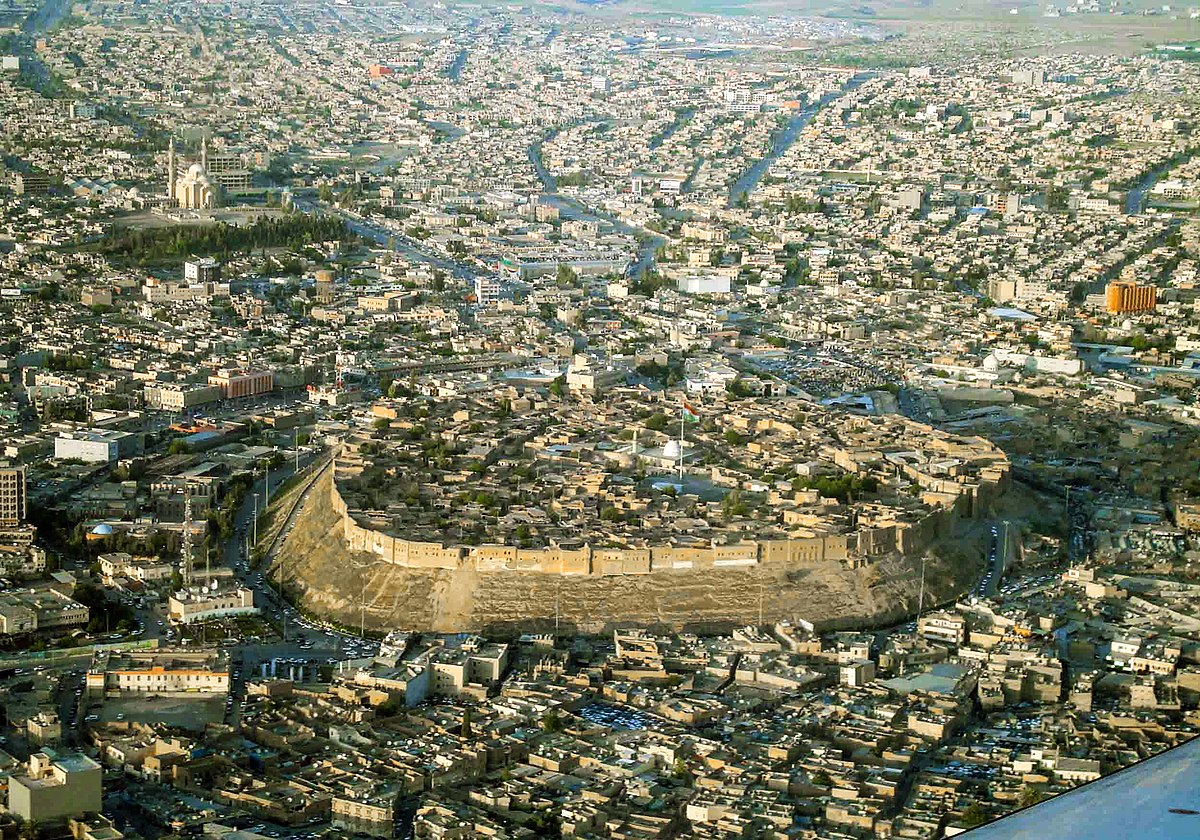
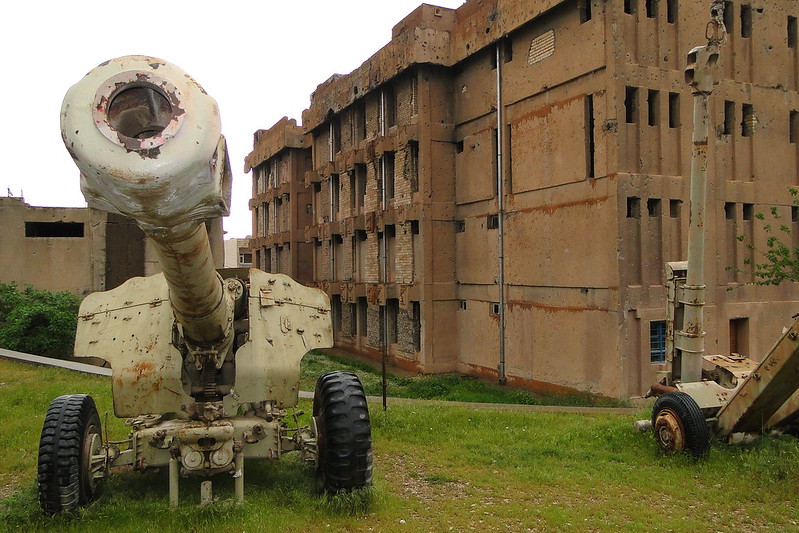
While these are the cities you will be able to stop and visit, our journey will take you to many more. There’s a brief stop in Munich, Germany, an afternoon in Ankara, Turkey’s capital, and excursions to the Iraqi cities of Sulaymaniyah and Halabja.
We can’t wait for you to join us.
Interested in taking one of our train journeys?
Check out our upcoming tours for more info.
Questions? Comments? Concerns?
Keep In touch
Make sure you never miss an adventure by signing up to our mailing list. Be the first to know about new tours and travel tips.
